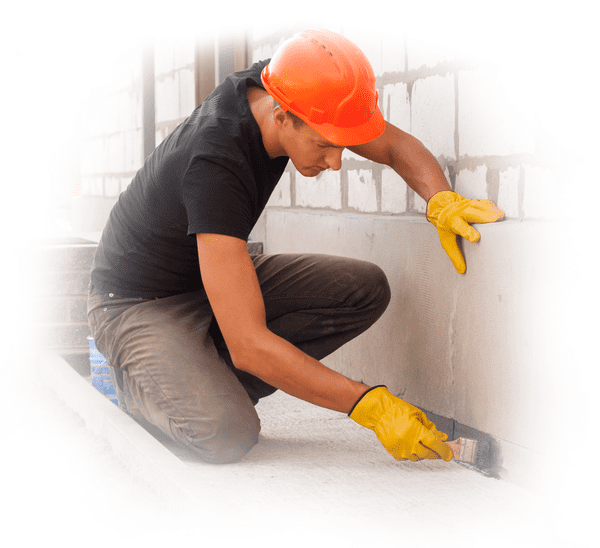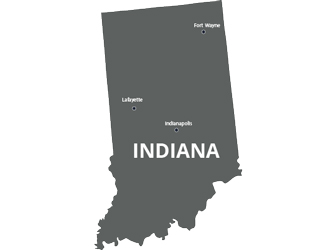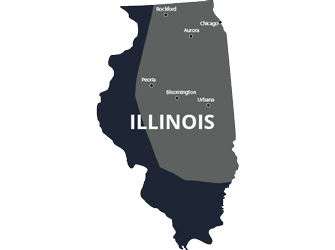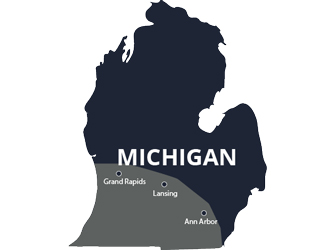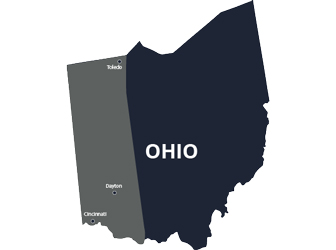Let’s not get cracking! When it comes to driveways, cracks are inevitable. Over time, the natural wear and tear of tires running over the concrete and the weight of vehicles cause damage. However, there are different types of damage, and not all of it is because of regular use of the driveway. In the Midwest, homeowners battle Mother Nature in the forms of heavy rain, flooding, and frost heaves. Unfortunately, humans can’t change the weather. This means any water saturation affecting your home’s foundation likely will affect your driveway, especially if the driveway is close to the house.
An occasion hairline crack isn’t much to worry about. This might be from the initial settling after the concrete was poured. As long as the cracks do not increase in size and/or frequency, go ahead and patch them yourself. A professional should look at wide cracks as well as cracks that are numerous. Keep in mind that even small cracks can indicate saturated soil underneath the concrete, so it’s best to have a pro check out the area around the driveway and your foundation even if you’re only seeing a few thin cracks here and there.
Filling wide, deep cracks is not recommended as a DIY project. These cracks indicate major damage, and large-scale repairs such as repouring the concrete or slabjacking may be necessary.
Fixing Small Cracks
To fill small cracks, use a hot sealer designed for concrete. Wet the concrete cracks prior to pouring the sealer. Push the sealer into the cracks using a pointed trowel, and smooth over the top. Make sure you completely fill the crack; otherwise, it will continue to expand. You also may use a pourable grout designed for filling cracks.
The Root of the Problem
So what causes driveway cracks and shifting? Blame it on moisture. If your property is not graded, when it rains, instead of rolling with the flow of gravity away from your home and driveway, soil absorbs the water and expands. This causes the dirt to push against the concrete. As with anything under consistent pressure, the concrete’s structural integrity will fail, resulting in cracks and bowing. Water itself, without the soil, can be pushed through porous concrete, causing water damage.
Signs of Trouble
Even if your driveway doesn’t appear to have damage, if your foundation does—and the driveway is near your house—you’re likely looking at future driveway problems. Check the foundation and basement/crawl space walls for water spots, cracks, mold, or bowing. Look to see if your chimney is leaning or concrete is crumbling. Any of these symptoms indicate a lack of waterproofing.
What to Do
Just like you want land near the foundation to be graded, you want land around the driveway to be graded. Property should slope down and away from the driveway. If the land is graded down to the driveway then levels off, all the water is absorbed in that location since it has no angle pulling it away.
For cracks in the driveway itself, call a specialist before attempting any DIY—even if it’s for small cracks. A reputable professional will tell you whether the damage runs deeper and requires additional repairs such as slabjacking. Slabjacking is a repair that involves injecting expandable foam through small holes drilled into the concrete. The foam fills any air pockets under the slab, stabilizing and lifting the concrete.
Acculevel Knows Concrete
As basement and foundation repair experts, we at Acculevel know the warning signs of water damage. We have years of experience identifying cracks that are relatively harmless versus ones that mean trouble is in your future. We believe honesty is the best policy and will never overcharge you or try to get you to pay for an unnecessary repair. If something doesn’t need to be fixed, we will tell you. We offer free in-home estimates and encourage you to shop around. However, we hope Acculevel will be your choice for waterproofing and repairs. To make an appointment, give us a call at (866) 669-3349 or email us at [email protected]. We look forward to hearing from you.














